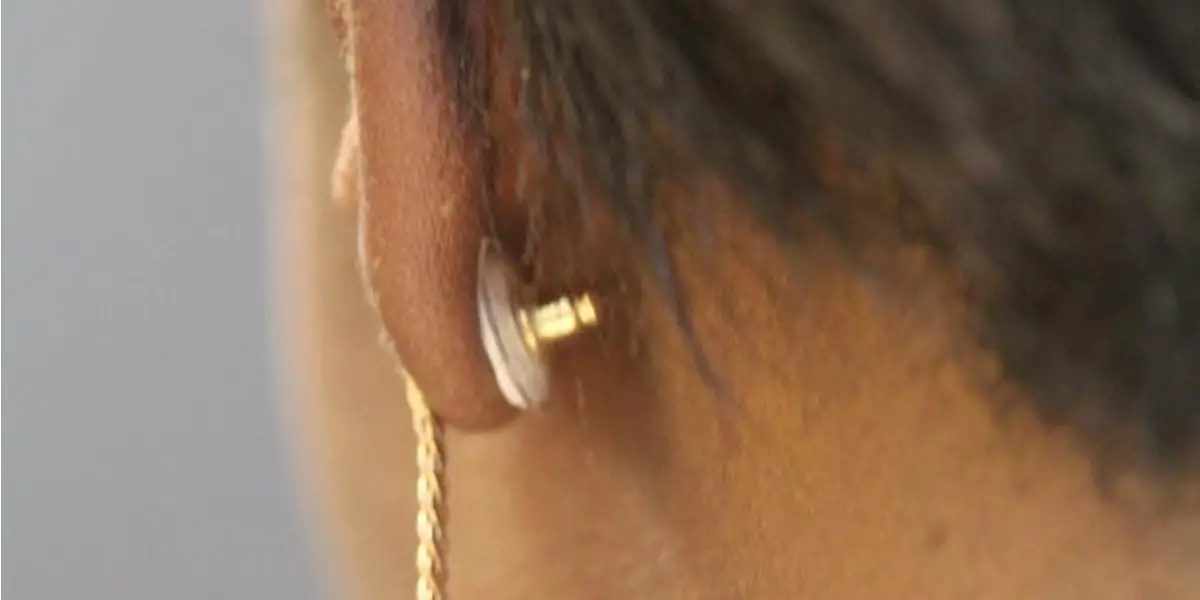Contraceptive Jewelry Could Be The Next Trend In Birth Control
Tags: opinion

By Mandy Froelich / Truth Theory
If you are a woman, ask yourself this question: Are you satisfied with your birth control? If your answer is “no,” you are not alone. This study found that the vast majority of women are dissatisfied by the methods of contraception presently available.
The primary reasons for this follow:
- Birth control can be expensive
- Remembering to take an oral contraceptive can be difficult
- Hormonal contraception (IUD, birth control, and the like) can adversely affect a woman’s endocrine balance, affecting her reproductive health long-term
- For some women, the effects of birth control can be painful, due to the various symptoms that can accompany different forms of contraception
Clearly, there are some valid reasons why many women roll their eyes at the thought of birth control. Resistance to preventing unwanted pregnancy may soon lessen, however, with the advent of “contraception jewelry.” Though the device is hormonal (and is likely as expensive as conventional options), the treatment could make women feel more comfortable because it is discreet.
A report, published in the Journal of Controlled Release, describes the new technique of contraception which is administered through special backings on jewelry. The treatment could be applied through wristwatches, rings, necklaces, and earrings. Georgia Tech reports, “The contraceptive hormones are contained in patches applied to portions of the jewelry in contact with the skin, allowing the drugs to be absorbed into the body.”
Initial tests have concluded that the jewelry could deliver sufficient amounts of hormone to prevent contraception. However, no human trials have yet been conducted. Said Mark Prausnitz, a Regents Professor and the J. Erskine Love Jr. chair in the School of Chemical and Biomolecular Engineering at the Georgia Institute of Technology:
“The more contraceptive options that are available, the more likely it is that the needs of individual women can be met. Because putting on jewelry may already be part of a woman’s daily routine, this technique may facilitate compliance with the drug regimen. This technique could more effectively empower some women to prevent unintended pregnancies.”
How does it work?
The jewelry adapts transdermal patch technology which is already used to administers drugs that ease motion sickness, control the symptoms of menopause, and more. This is the first time such technology has been integrated into jewelry.
Though contraceptive patchers are an option, Prausnitz believes women will be more interested in jewelry as a means of birth control. “There is a lot of experience with making and using conventional transdermal patches,” he said. “We are taking this established technology, making the patch smaller and using jewelry to help apply it. We think that earring patches can expand the scope of transdermal patches to provide additional impact.”
The earring patch tested consisted of three layers. Georgia Tech reports, “One layer is impermeable and includes an adhesive to hold it onto an earring back, the underside of a wristwatch or the inside surface of a necklace or ring. A middle layer of the patch contains the contraceptive drug in solid form. The outer layer is a skin adhesive to help stick to skin so the hormone can be transferred. Once in the skin, the drug can move into the bloodstream and circulate through the body.”
If contraceptive jewelry catches on and is approved for use in humans, the earring back would need to be changed periodically, likely on a weekly basis.
“We think there are uses beyond contraceptive hormones, but there will always be a limitation that the drug has to be effective with a low enough dose to fit into the limited space in the patch,” Prausnitz said. “It also should be a drug that would benefit from continuous delivery from a patch and that is administered to a patient population interested in using pharmaceutical jewelry.”
“Pharmaceutical jewelry introduces a novel delivery method that may make taking contraceptives more appealing,” he added. “Making it more appealing should make it easier to remember to use it.”
What are your thoughts? Please comment below and share this news!
IMAGE CREDIT: Mark Prausnitz, Georgia Tech

Leave Comment: